
The Skye Terrier is a medium-sized terrier breed from Scotland with either upright or dropped ears, short legs, a long body, facial hair, and plenty of fur in its long double coat. There’s something regal about these dogs, and it’s not just that they were the preferred breed of Mary Queen of Scots. These distinctive-looking canines are sweet but particular, and they have proud personalities indicative of their aristocratic background. Small, elegant, and featuring long bangs that feather off their ears for a constantly well-coiffed look, Skye Terriers are unique dogs with a rich history—and they have plenty to offer the right owner.
Group: Terrier
Height: 10 inches (males); 9.5 inches (females)
Weight: 35 to 45 pounds
Coat: Double coat with a soft undercoat and a long, straight, hard outercoat
Coat Color: Black, blue, cream, fawn, gray, silver, or platinum
Life Span: 12 to 14 years
Temperament: Friendly, loyal, intelligent, even-tempered, brave
Hypoallergenic: No
Origin: Scotland
While the Skye Terrier is loyal and affectionate with its family, this breed is known for being standoffish toward those outside its close circle. However, that shouldn't be confused for shyness—Skye Terriers are confident in themselves and tend to have a somewhat self-involved temperament. Like other terriers, these dogs are also independent and likely to follow their own desires. They often have dominant personalities, so although they can get along with other dogs when raised together, they typically prefer life in single-dog households. The Skye Terrier's stubborn habits mean that it isn't suitable for everyone, but for the right owner, this unique and beloved breed will become a devoted family member.
Skye Terriers were first discovered on the Isle of Skye in Scotland, hence their name. Skye, located in Scotland’s northern-most Inner Hebrides islands, is home to rugged landscapes where early Skye Terriers were prized for their abilities to assist farmers in protecting their livestock from local menaces like badgers and otters. Reports of Skye Terriers go back many centuries, including a mention in the 16th-century book Of English Dogges by Johannes Caius.
In addition to their reputation as athletic hunters of local predators—a common trait among their terrier peers—Skye Terriers were also prized in more aristocratic circles. The breed was incredibly popular among the elites of Victorian England, keeping company not only with Mary Queen of Scots but Queen Victoria herself.
Unlike many other foreign-born breeds, Skye Terriers actually have a rather long history in the United States. The breed was first recognized by the American Kennel Club as early as 1887, due in part to their inclusion in the book The Illustrated Book of the Dog by Vero Shaw, which piqued interest across the globe in these unique dogs. However, their popularity hasn’t quite been sustained, and today, they’re a lesser-known and rare breed. Still, these dignified dogs have maintained their regal air, and Skye Terriers can still be found occasionally in the competition circuit.
The Skye Terrier is relatively low-maintenance when it comes to exercising, but their independent nature and long hair mean that they require significant training and grooming care. Owners should prepare for ongoing lessons in obedience and regular brushings to keep their coats in good shape.
For all their athleticism, Skye Terriers actually have low energy levels and do not require any sort of vigorous exercise to remain healthy. One or two short walks a day will generally suffice (about 30 minutes total), provided they’re coupled with additional one-on-one playtime sessions with their humans. Skye Terriers do enjoy playing, and some of them also excel at dog sports like agility. Like other terriers, they're prone to digging, so it's also helpful for owners to provide a sandbox in the yard to let these dogs stay active while following their instincts.
As for grooming, that luxurious feathered coat does require a fair deal of upkeep. This includes regular brushings and combings to prevent tangles and matting, which should be combed out with detangling spray very delicately should they appear. Owners should also plan to maintain general grooming practices like regular teeth brushing, nail trims, and ear cleaning.
Take extra care with keeping a Skye Terrier’s ears clean in accordance with your veterinarian's recommendations, as having so much fur gathered around the ears makes this breed more prone to ear wax buildup and infections. Baths should be given on a regular schedule (about once a month; less in the winter), but be careful not to scrub too hard since this may cause mats to develop in the fur.
In terms of training, Skye Terriers have a bit of a stubborn streak—perhaps an offshoot of their regal past combined with their terrier traits. They’re good-natured but strong-willed, and while they can be taught appropriate behaviors with positive training techniques, they won’t always take to more intensive training (though it’s always worth a try). Basic lessons should begin early when puppies are about eight weeks old. Always stick to positive reinforcement when training. These reserved dogs don’t respond well to harsh words or body language, nor is negative reinforcement a proper or effective way to train any dog.
Skye Terriers are generally healthy dogs. That said, their stature—stocky and muscular with short legs—does make them prone to orthopedic problems. They are also at risk to develop certain cancers, though this does not affect every dog in the breed.
The following are conditions for Skye Terrier owners to be aware of:
The nutritional needs of Skye Terriers are the same as they are for most dogs, with this breed doing best on a high-quality diet with plenty of protein. Accommodate certain dietary needs if necessary, such as if your Skye Terrier is a puppy or senior or if it develops food allergies. Feel free to give your terrier plenty of healthy treats (remember, they respond well to positive reinforcement!), and talk to your veterinarian if you notice that your dog is gaining too much weight. Your veterinarian can help you determine a healthy meal and portion plan based on your specific dog's age, weight, and activity level.
While Skye Terriers are a very rare dog breed, it's still possible to adopt one of these dogs in need of a forever home. Breed-specific rescues exist to help Skye Terriers find families. If you're unable to rescue this breed in your area, your local shelter may also introduce you to similar terriers that can become your next best friend.
If you plan to adopt a Skye Terrier as a puppy, it's essential to do your research. Work with a responsible breeder who takes excellent care of their dogs and provides you with the litter's medical history. These puppies typically cost between $1,500 and $2,000, though prices may vary based on pedigree and availability.
To start your search, check out these resources for the national breed club, rescues, and the AKC:
Great for apartment living
Unique personality and appearance
Excellent companion for the right owner
Not fond of cats, other dogs, or small children
Tendency to bark and dig
Can be stubborn and resist training
If you love the Skye Terrier, you may also like these similar breeds:
There are plenty of different dog breeds that can become your next best friend. With a little research, you can find the perfect match to bring home!
Skye Terriers are very affectionate with their close family members, but they are also known for being distant around strangers and can be dominant toward other animals (even when properly socialized). For the right owner, the Skye Terrier is an exceptionally devoted companion.
Like many terrier breeds, Skye Terriers are known for being vocal. There are several ways to discourage excessive barking, but owners of this breed should prepare for a loud dog as it can be resistant to training.
Skye Terriers shed less than many other long-haired breeds, but they still leave moderate amounts of fur around the house. Owners should keep up with regular brushings to help manage problem shedding.

What to Do if Your Cat Is Snoring
Cat snoring can happen for several reasons. Find out if your cat's snoring is normal or caused by a medical issue. Know when to call the vet about your cat snoring.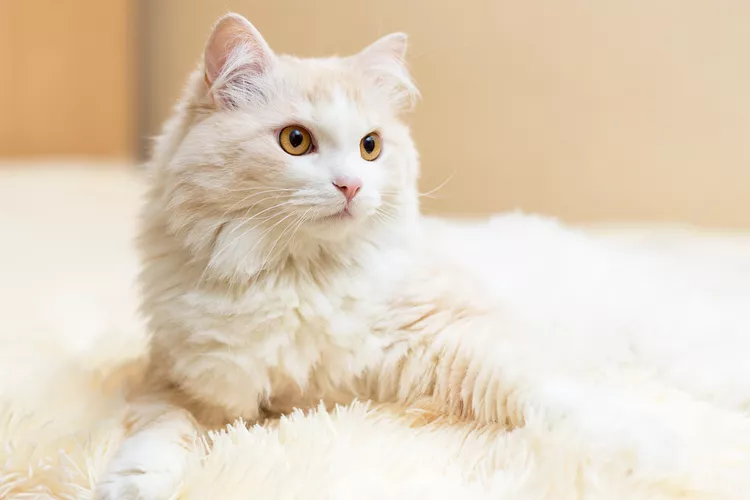
Turkish Angora: Cat Breed Profile, Characteristics & Care
The elegant and silky Turkish Angora cat is a playful, affectionate, and sometimes mischievous pet. Learn about the Turkish Angora breed.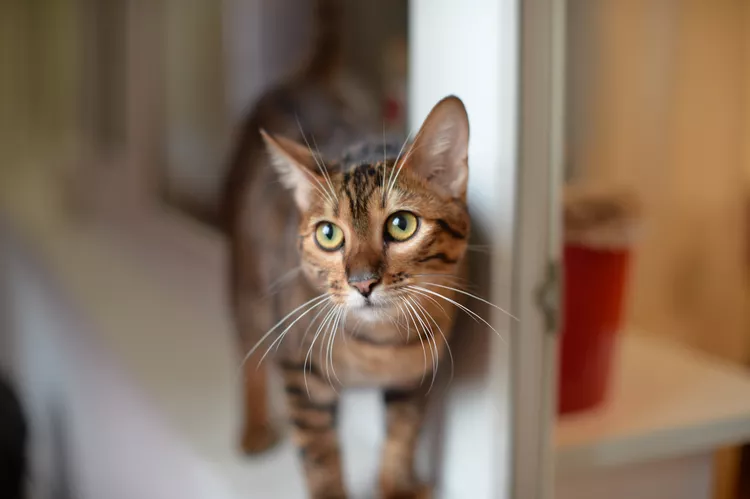
Toyger: Cat Breed Profile, Characteristics & Care
The toyger (toy tiger) cat is a beautiful, rare breed with an easygoing demeanor. These cats are hard to come by but make excellent pets.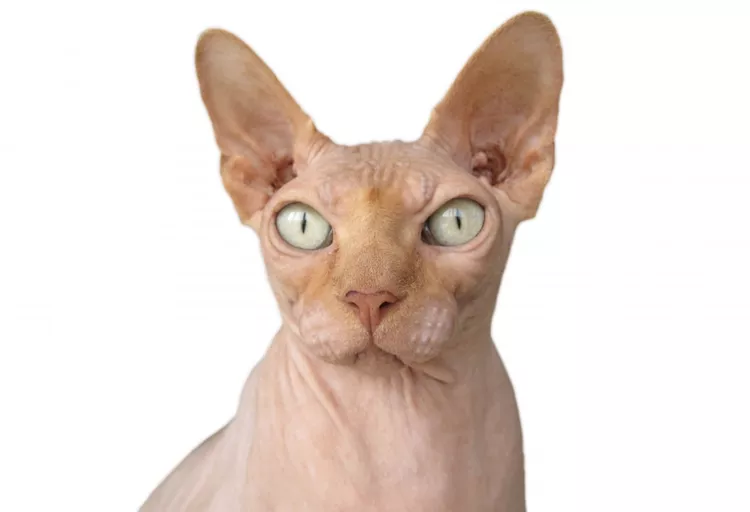
Donskoy: Cat Breed Profile, Characteristics & Care
Donsky cat, or Don Sphynx, is a hairless cat that's known for being affectionate, social, and remarkably intelligent. Learn more about the Donsky cat breed.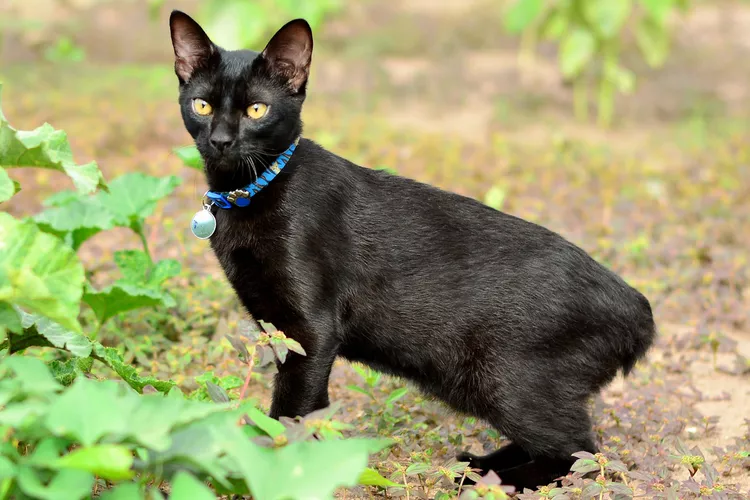
Japanese Bobtail: Cat Breed Profile, Characteristics & Care
The Japanese bobtail is recognized for its bunny-like tail and is loved for its friendly, playful personality. Learn about the Japanese bobtail breed.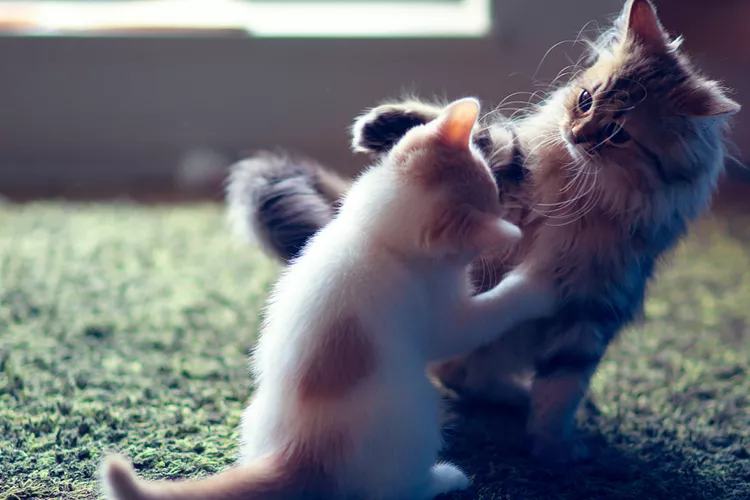
How to Stop Cat Aggression After a Vet Visit
Cats are usually out of sorts and ornery after a trip to the veterinarian. Learn how to stop cat aggression by planning ahead with these tips.
Why Do Cats Like High Places?
Does your cat like to hang out on top of tall furniture? Here's why cats like high places.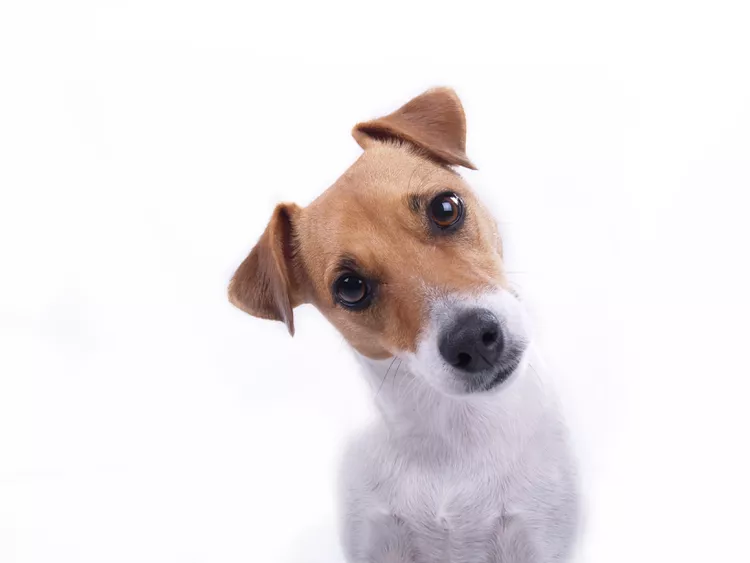
Rectal Prolapse in Dogs
Rectal prolapse in a dog can be an alarming thing to see. Find out why this happens, how to prevent it, and how to heal dog prolapse at home.
Is Acetaminophen Safe for Dogs?
Acetaminophen is used by humans for pain and fever relief, but is it safe for dogs? Here's what you need to know before giving your dog acetaminophen.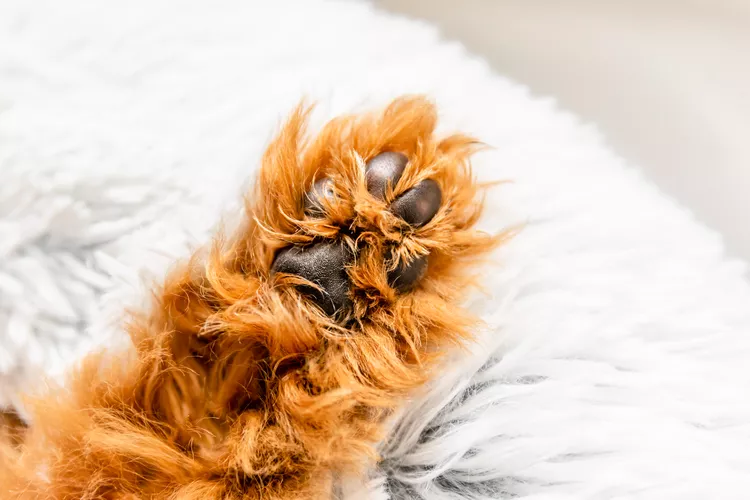
Dog Broken Toe: Signs and Treatment
Dogs can break their toes for several reasons. Find out how to tell if your dog has a broken toe. Learn what you need to do and what restrictions your dog may have to let a broken toe heal.
Tetanus in Dogs
Tetanus is an infection caused by bacteria found in soil. It can cause severe symptoms in dogs and even lead to death if not treated promptly.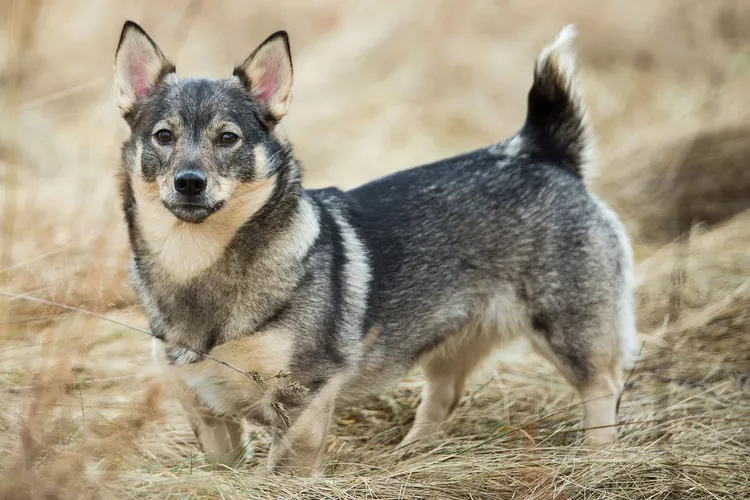
Swedish Vallhund: Dog Breed Characteristics & Care
The Swedish vallhund makes for a high-energy and affectionate companion. Learn about the breed's history, health, exercise needs, and more.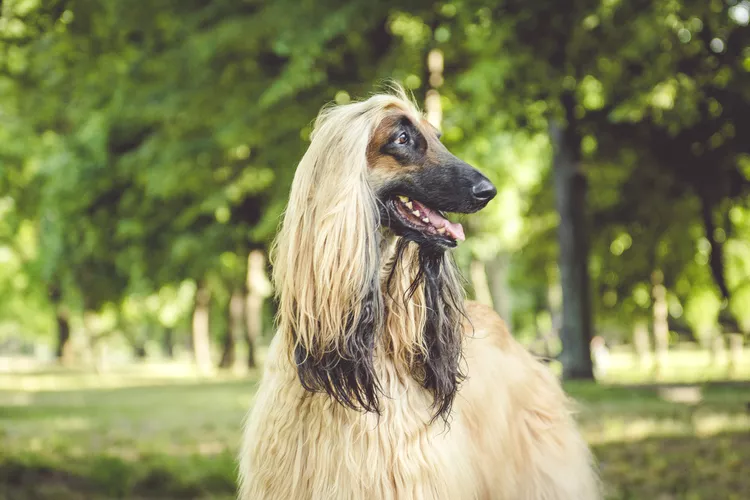
Afghan Hound: Dog Breed Characteristics & Care
The Afghan hound is a majestic dog breed, known for its luxurious long coat and sweet personality. Learn about cost, care, and training needs.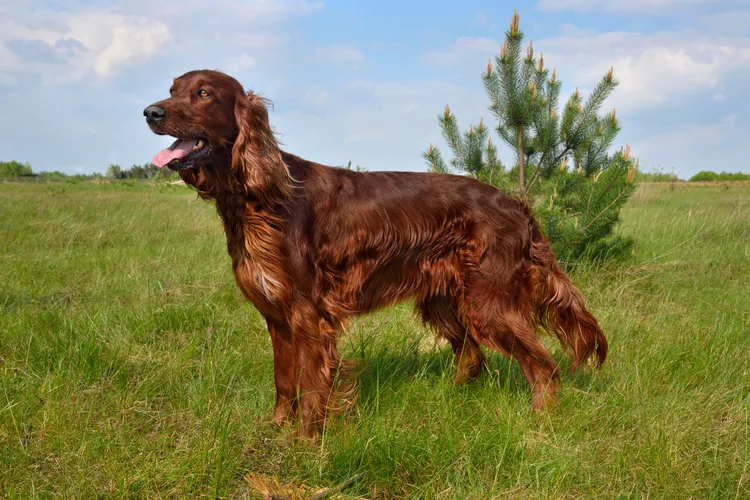
Irish Setter (Red Setter): Dog Breed Characteristics & Care
The Irish setter, also known as the red setter, stands out from the crowd with their striking red coat and athletic nature. Learn about this gentle and affectionate dog breed.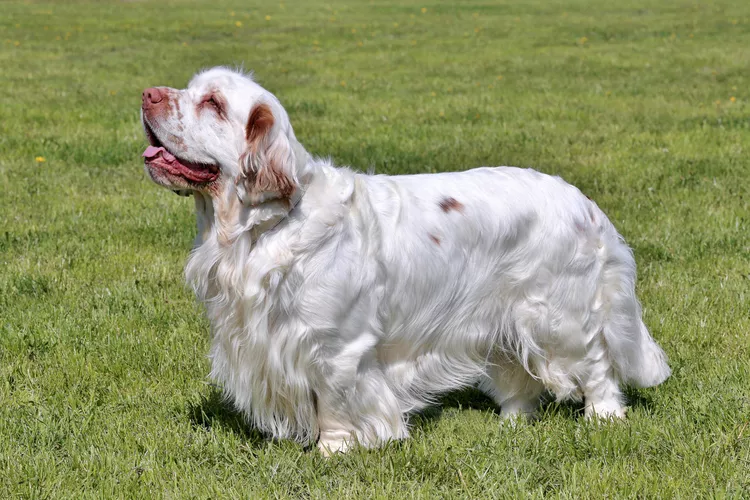
Clumber Spaniel: Dog Breed Characteristics & Care
The Clumber spaniel is a friendly, calm dog and a great family pet who gets along with kids. Just beware of this rare breed's shedding and drool.
Reasons Why Dogs Grind Their Teeth
Some dogs grind their teeth. Learn why dogs grind their teeth and if it can be harmful. Find out what to do about teeth grinding in dogs.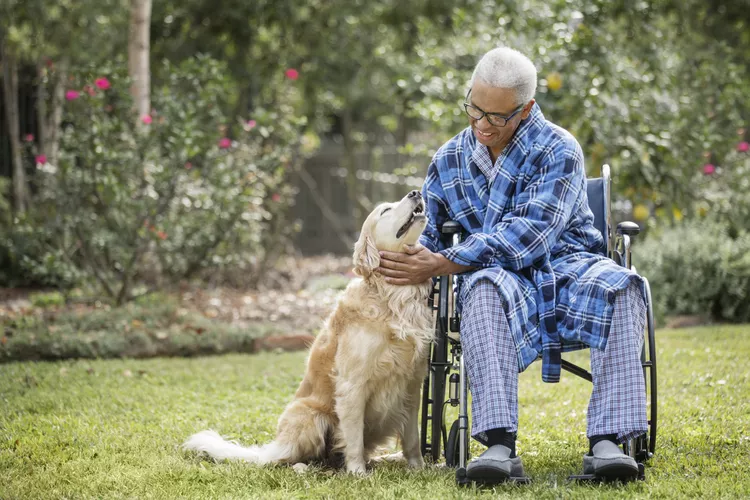
Therapy Dog Certification: A Complete Guide in 6 Steps
Could your dog be trained to serve as a therapy dog? Here's how you and your dog can become an official animal-assisted therapy team.
Here’s How to Stop Your Dog from Jumping on You When Excited
Although it can be cute the first few times your dog jumps on you, it can quickly turn into a bad habit, especially if your pooch starts jumping on strangers. Here’s how to stop your dog from jumping on you when excited.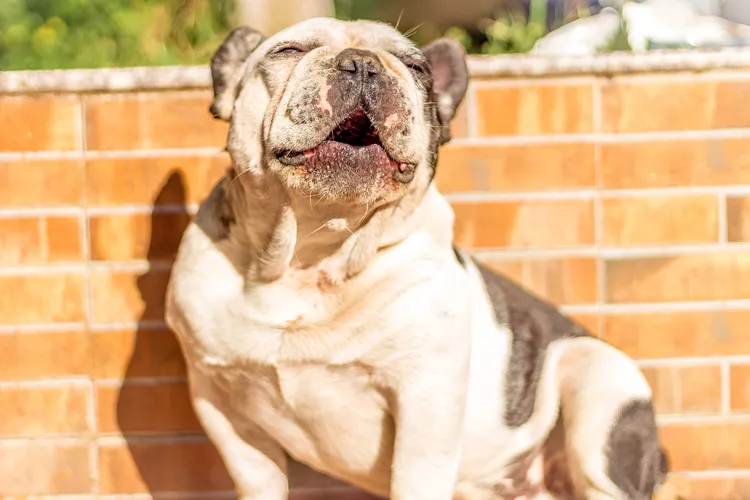
Why Do Dogs Howl at Sirens?
Howling at sirens is something that dogs are well known for, but why do some dogs do it while others seem unbothered?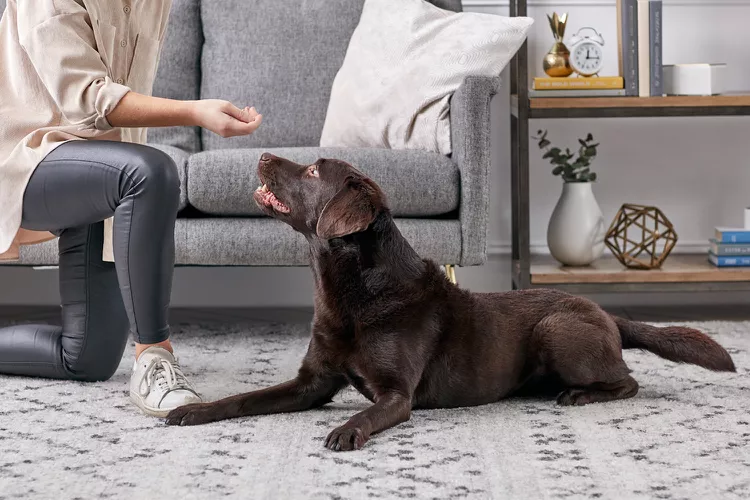
How to Train a Labrador Retriever
Proper training is an essential part of owning a Labrador retriever. These smart dogs can be trained to be service dogs, hunters, and excellent companions.